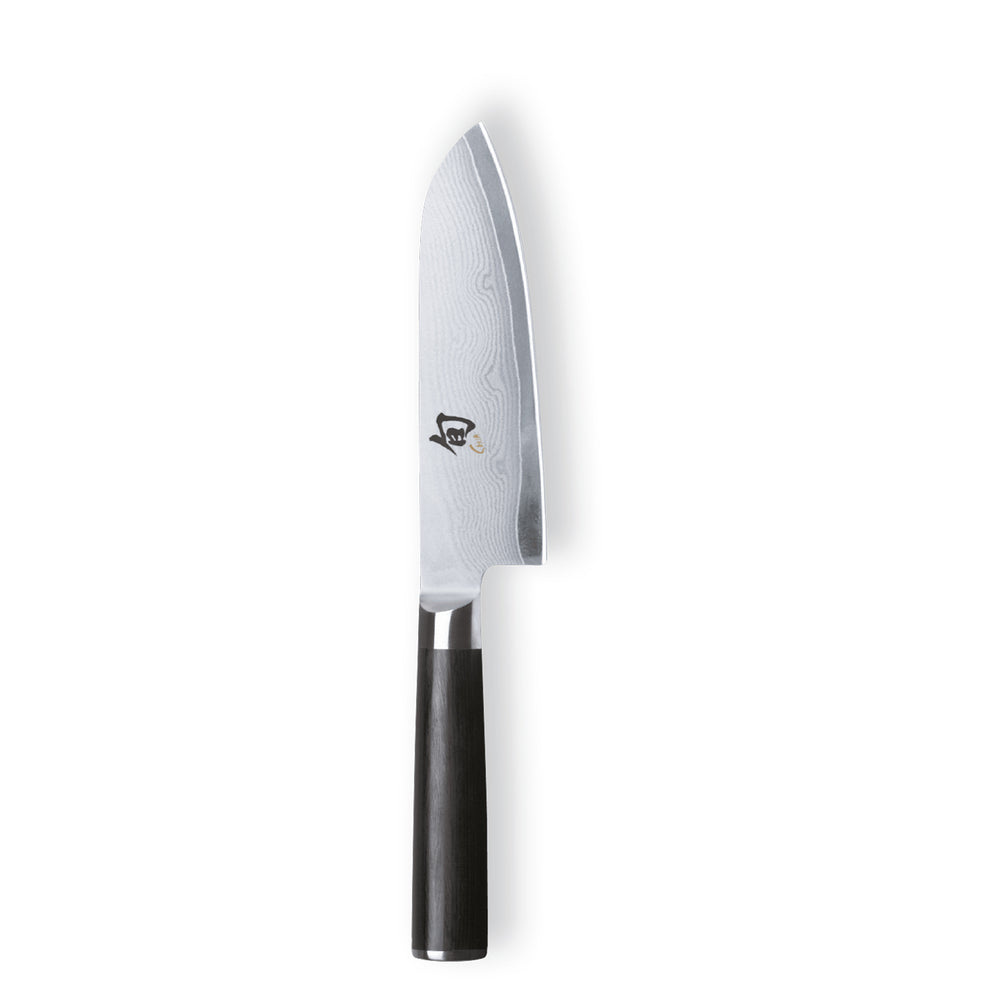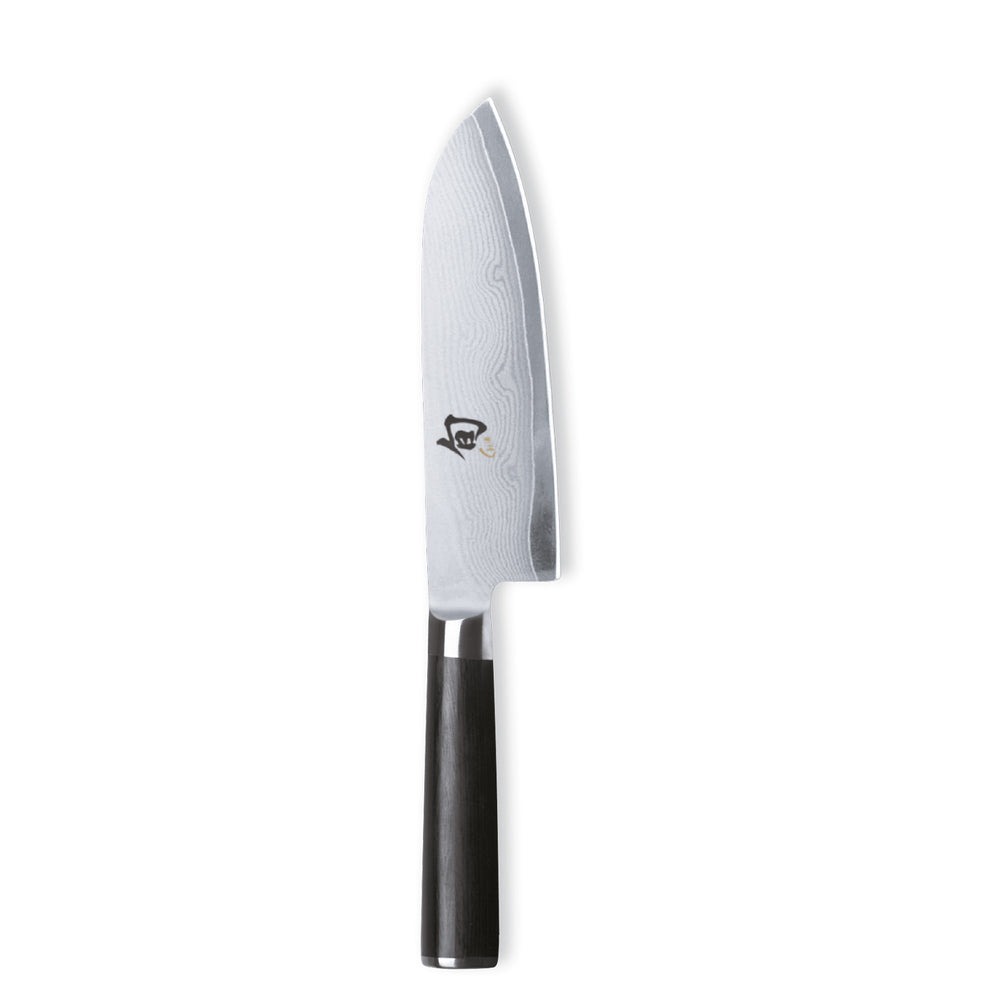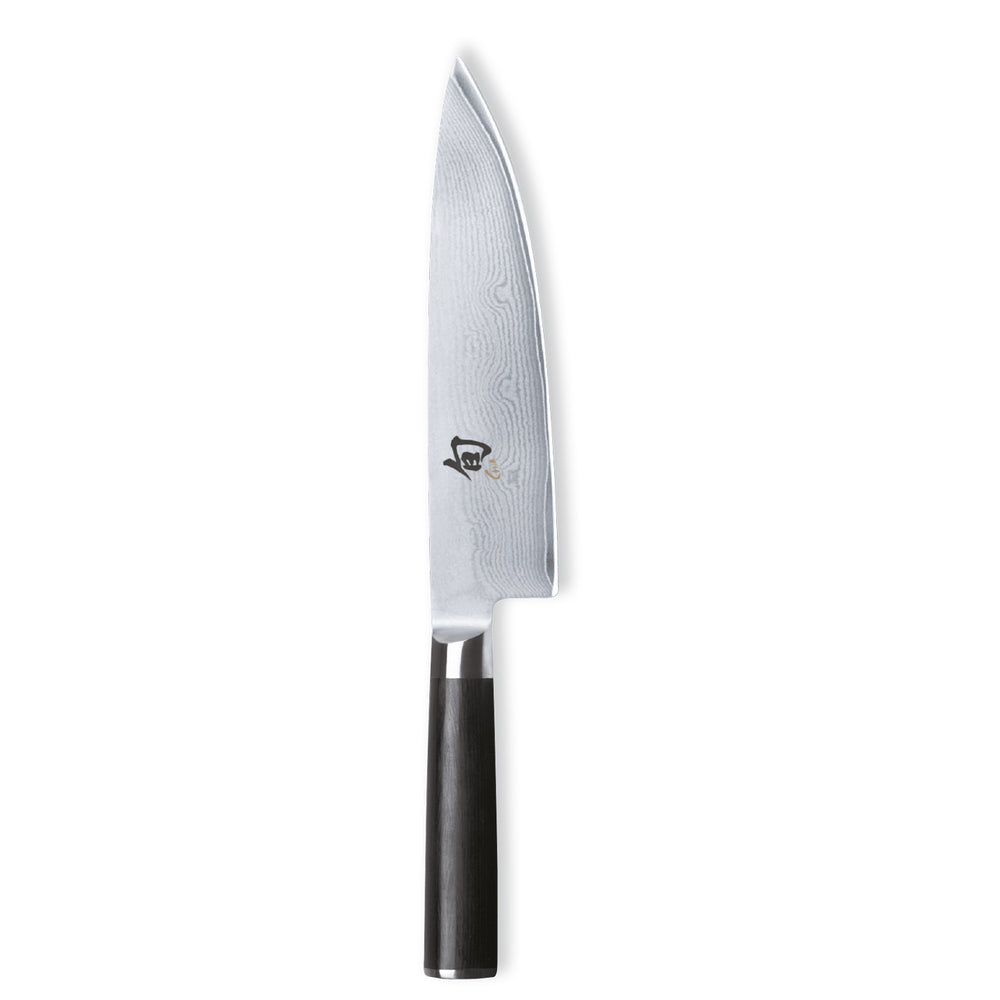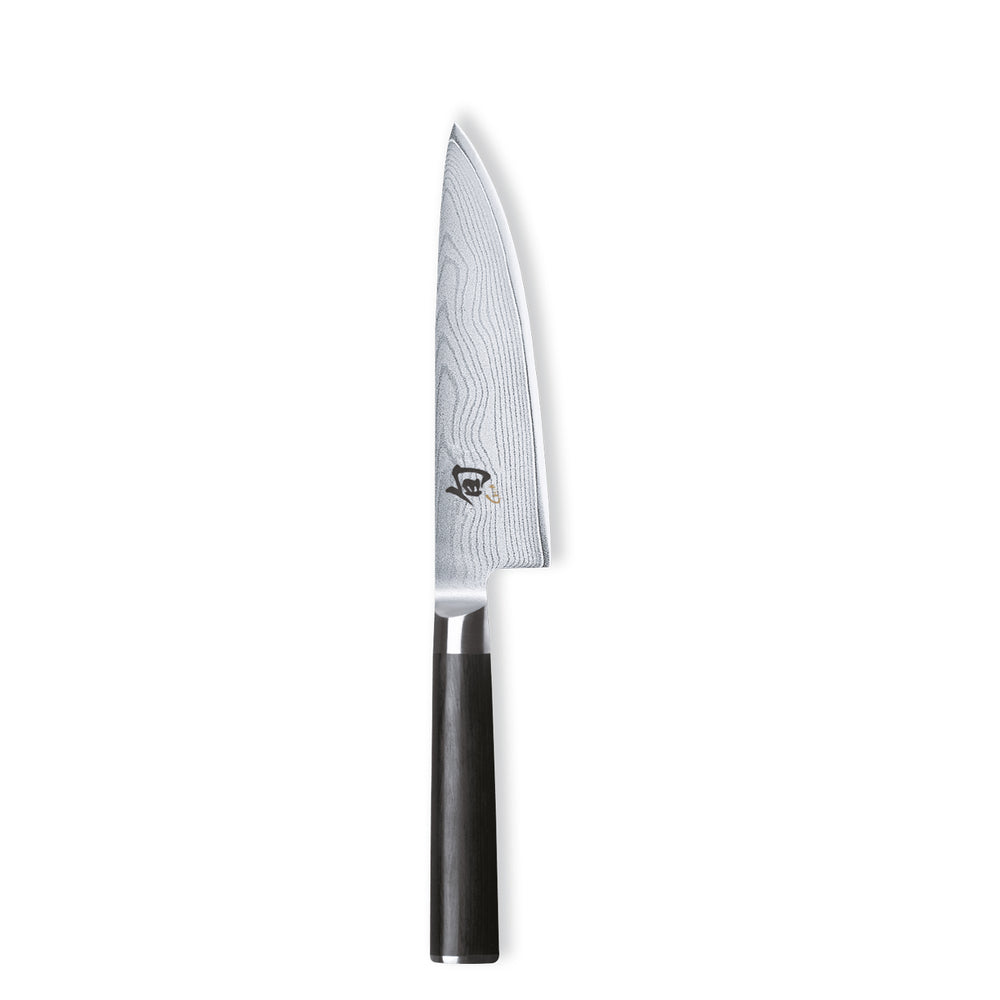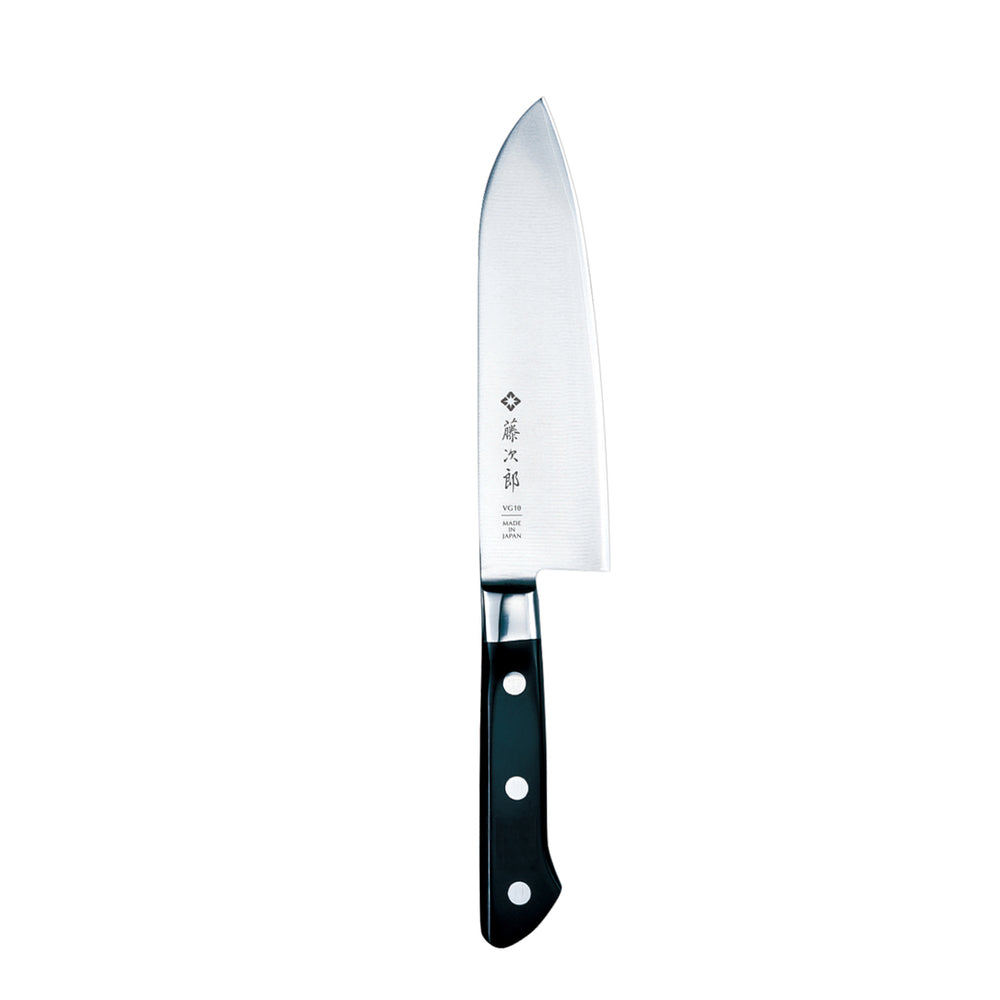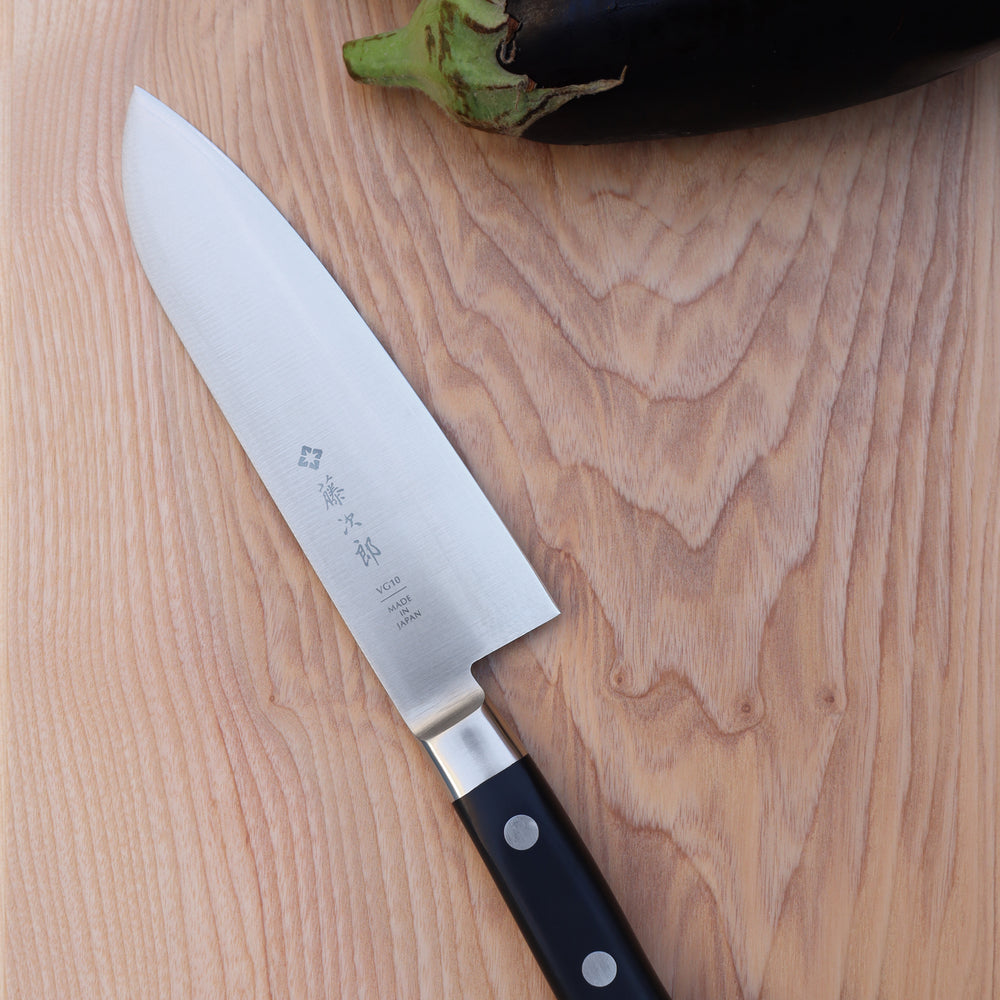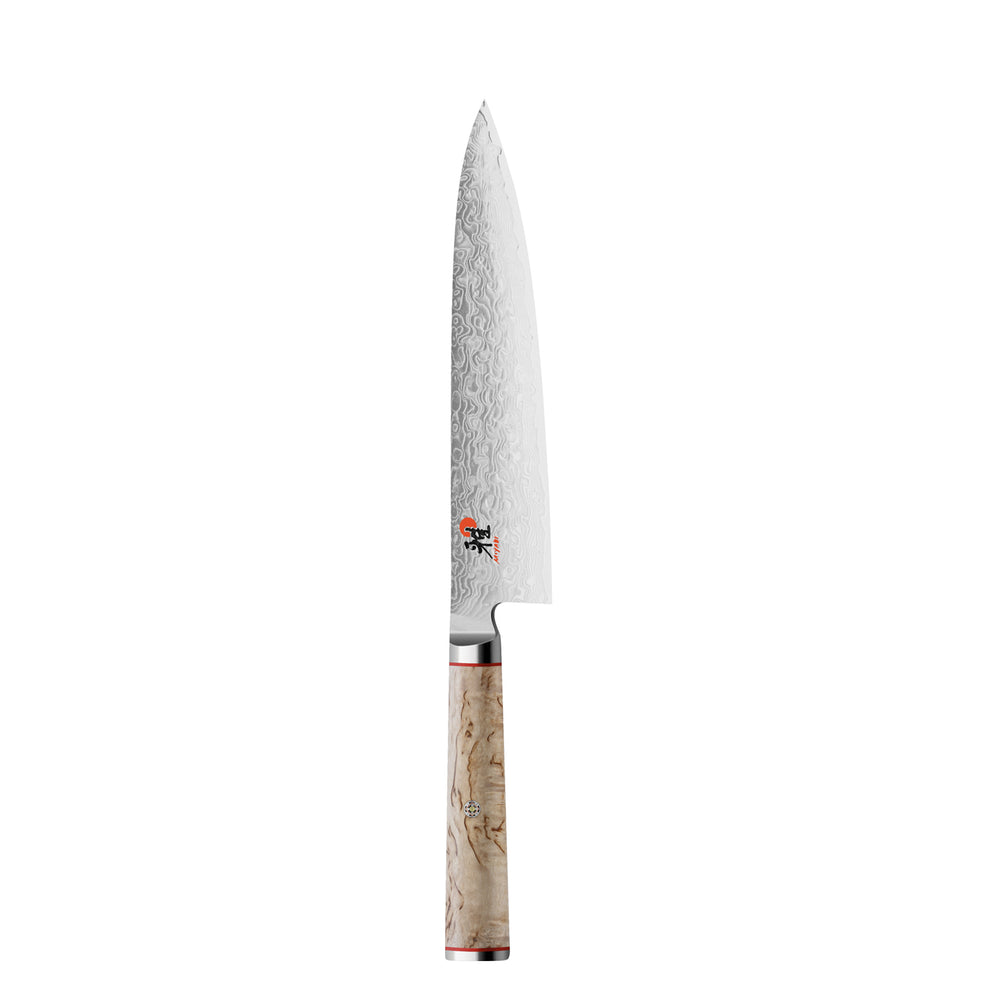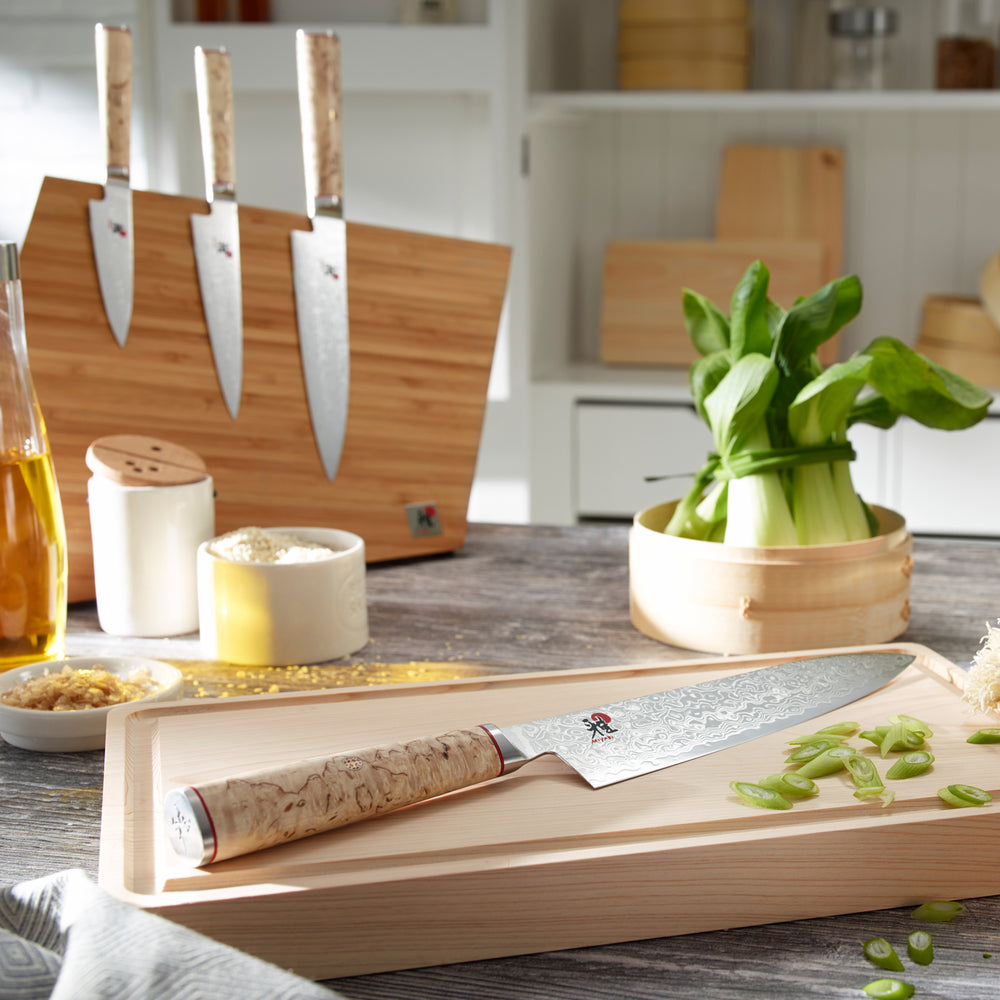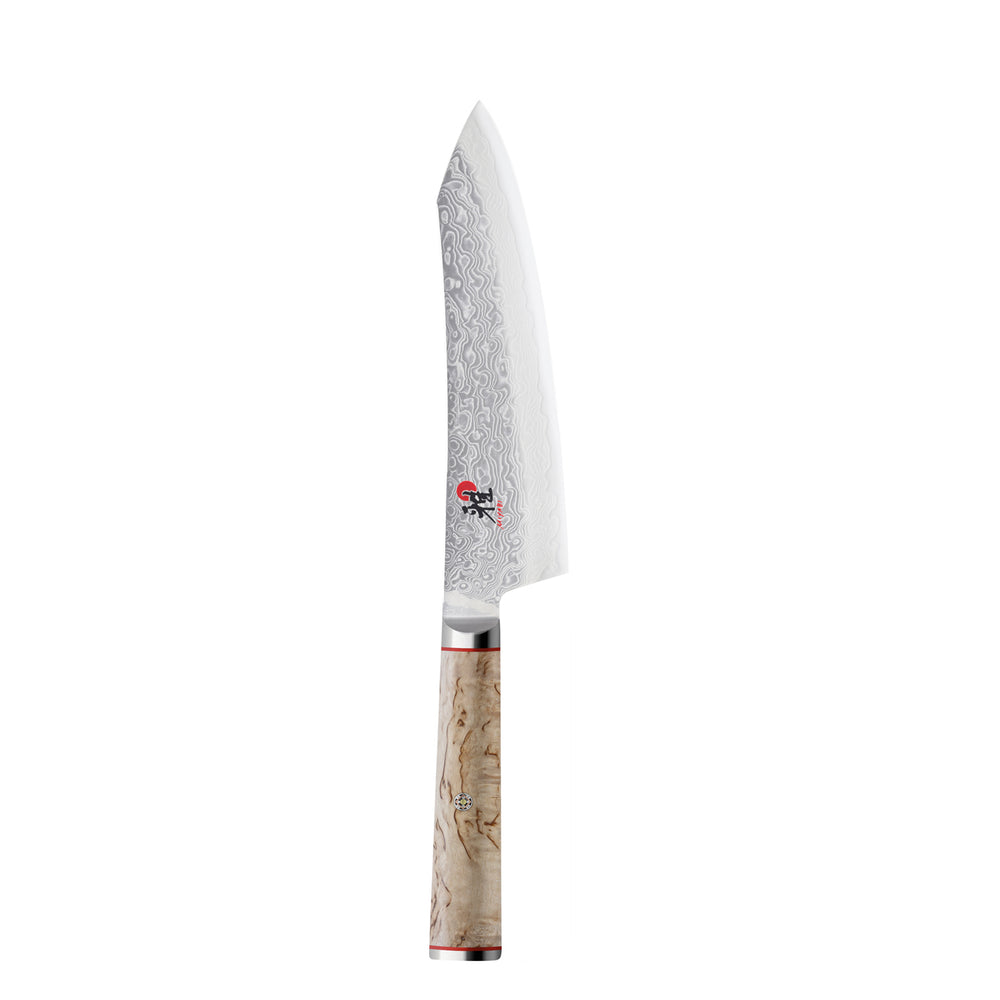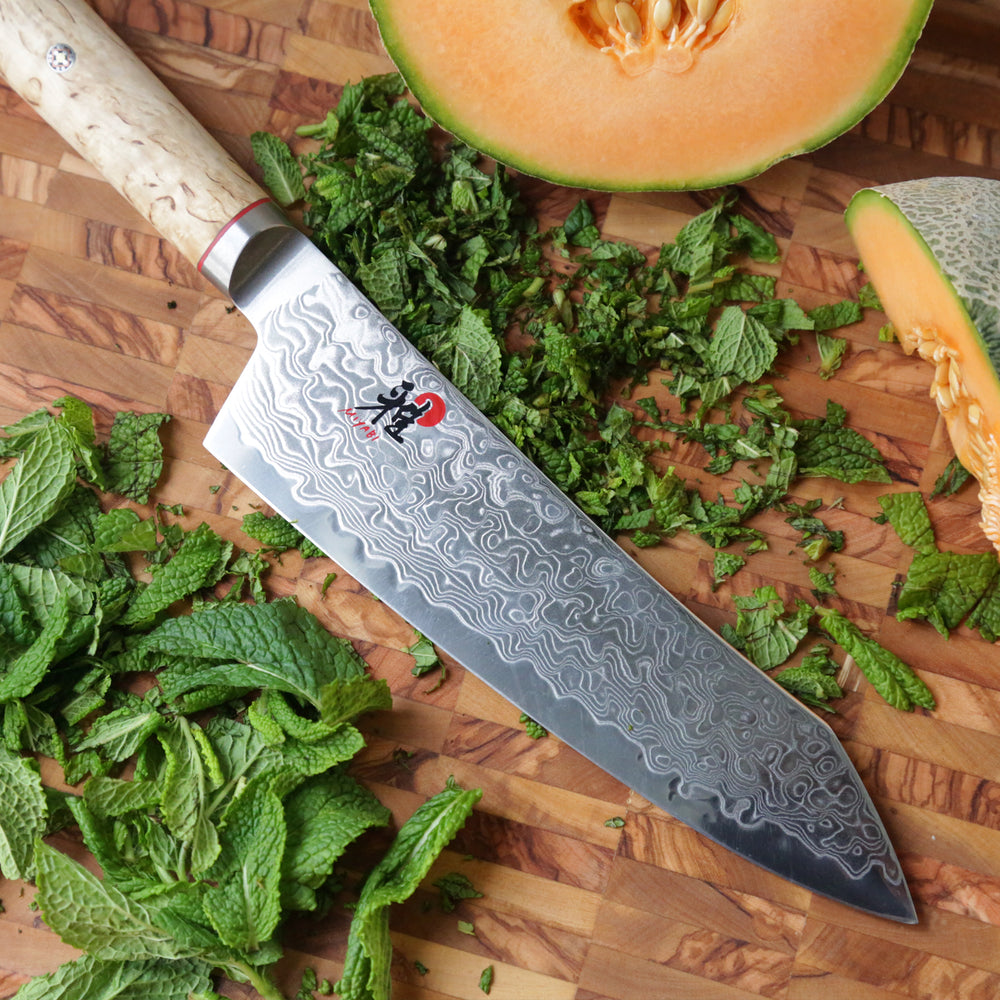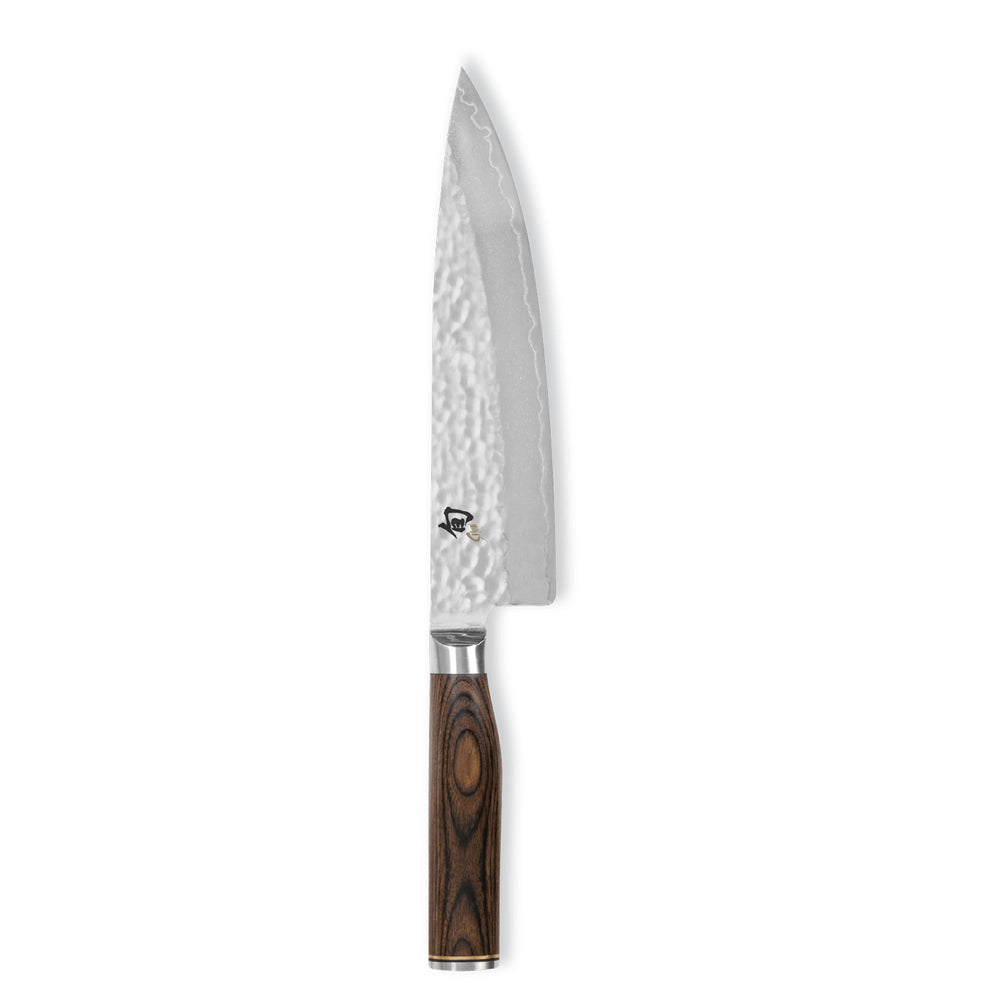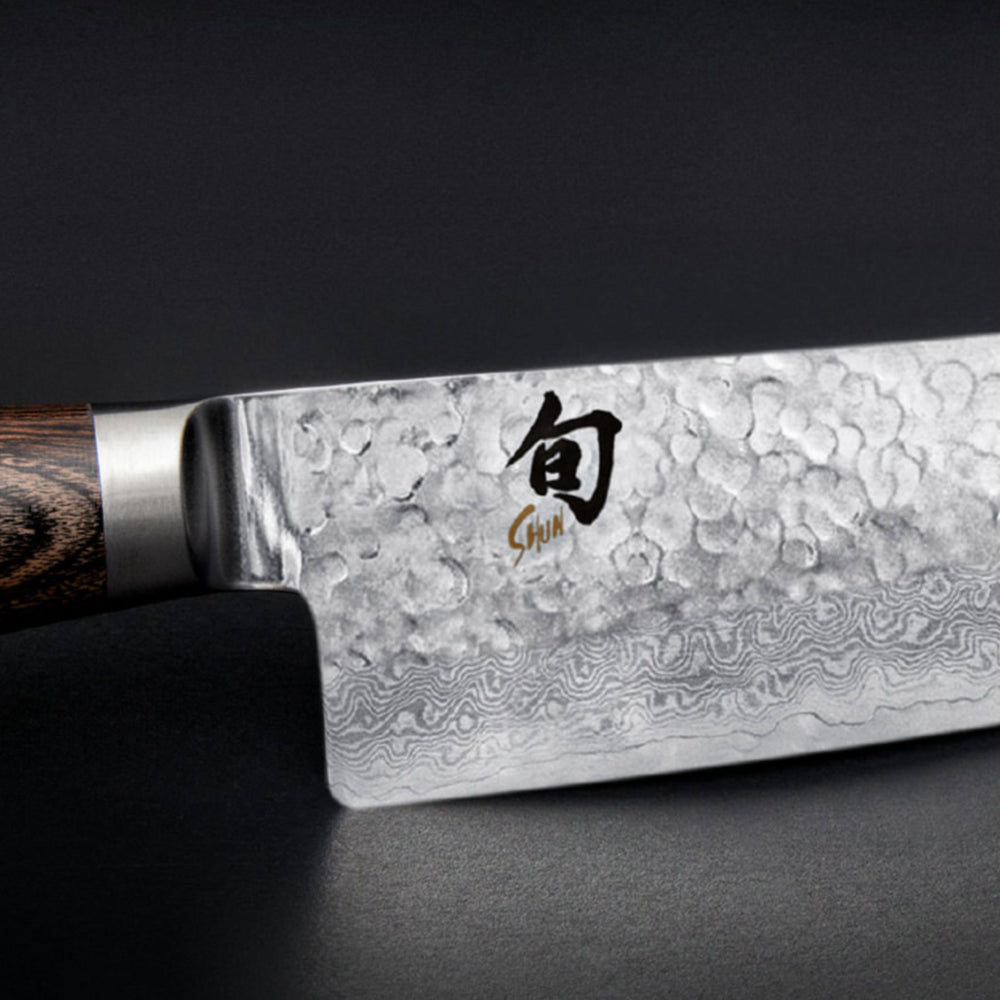Japanese knives are beloved by chefs and home cooks around the world for the swift, decisive way they cut ingredients. That's partly because Japanese blades are made from harder steel than European-style blades, and also because they are forged in a narrower V shape. You may think harder steel makes a more foolhardy knife, but it's the opposite – these blades are more delicate, and should be treated with care to prevent nicks and chips from forming along the edge.
But don't let that scare you, because keeping Japanese knives on top form is easy – as long as you follow these steps. Besides preventing chipping, these steps will keep your blades' edges shipshape for longer periods of time.
1. Watch how you wash
Always wash Japanese knives by hand and dry them before storing. Knives, Japanese or otherwise, should never be soaked in water or put in the dishwasher, as it dulls the edge quickly. The blunter your knife, the higher the risk of injury, so make sure you sharpen all your knives regularly. (Explore our range of
knife sharpeners.)
2. Be mindful of ingredients
When using a Japanese knife to cut meat, be careful not to cut through bone or hard tissue, as the impact could cause the knife to chip. This is true of frozen food and hard seeds too, such as avocado or mango cores. Use your judgment: If an ingredient is difficult to cut through and requires a lot of pressure, it’s best to exercise additional care, or to use a European-style knife, like
WÜSTHOF or
Mercer, for the task instead.
3. Speaking of hard surfaces...
Always use a wooden board for your Japanese knives, preferably a
soft wood board; this maintains the edge for longer.
End-grain boards are especially good for knives: Because the grain is perpendicular to the surface, blades go in between the wood fibres rather than through them, putting less stress on the edges of the blades. Hard surfaces like glass, stone or marble surfaces do the opposite, and will damage Japanese blades quickly.
4. And speaking of cutting boards...
You know when you have a lot of neatly chopped ingredients on your board and need to transfer them to the pan? Don't use the edge of your knife for that! Not only is it dangerous, but scraping the edge against any hard surface will dull the knife. Instead, use a
dough scraper for the task. It's safer, better at picking up ingredients, and there's more surface area. (You can use it to clean scraps off your board and counter, too.)
5. Use the right sharpener
The best way to sharpen a Japanese knife is the traditional way: a
whetstone. This is the least abrasive method, and once your whetstone is soaked and ready to go, you can sharpen all your knives in one go. (Learn how to use a whetstone
here.) If you're not confident with a whetstone, consider a
HORL 3 sharpener, which has a clever design that eliminates the guesswork of finding the right angle for a blade's edge on a whetstone.
6. Store your knives correctly
A
magnetic rack is ideal for all knives, especially Japanese knives, because it provides the least amount of contact with the blade. If storing knives in a draw, make sure to use
knife guards to prevent the blade from clashing against other cutlery (and to protect your fingers!).
We've got you covered!
Our Kai Shun and Miyabi Japanese knives are guaranteed against manufacturing defects (valid for 10 years for
Kai Shun and
a lifetime for
Miyabi. They do not apply if the knives have been misused. If you believe your knife has a manufacturing defect, please
visit one of our stores to show us the knife or send an email with photos of the knife to
online@boroughkitchen.com.
We also offer complimentary annual knife sharpening to any customer subscribed to our mailing list who purchases a Kai Shun knife with us – contact
online@boroughkitchen.com or
visit our London stores to learn more.

